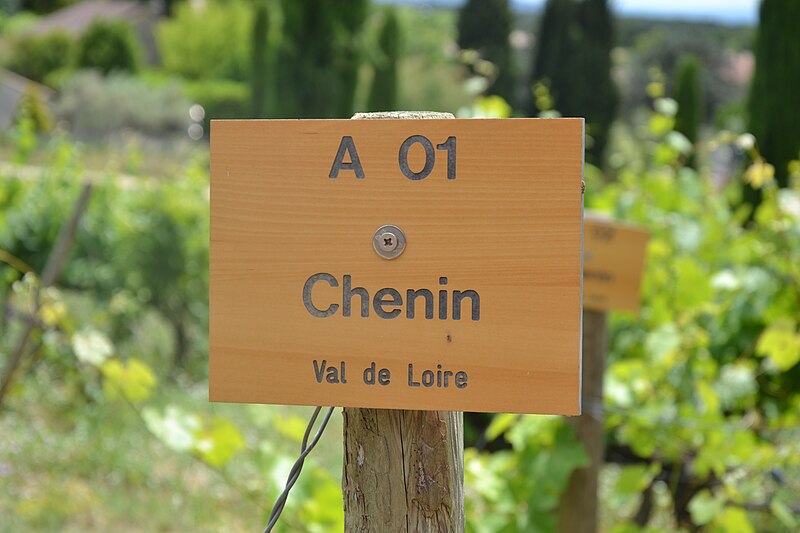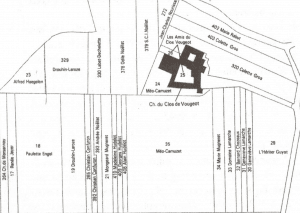
This is what I’ve been reading today in the world of wine and beverages.
Interesting Tweets and Weblinks
The Year of Rosé Cider Is Upon Us by Mike Pomranz (@pomranz) for Food & Wine magazine (@foodandwine). This made its way to my dash via #WiningHourChat (@WiningHourChat).
Good to see a legit article from Food & Wine after the BS they published from their “Champagne Master/Wine Prophet”. The picture of the red fleshed Amour Rouge species of apple is gorgeous and makes my mouth water. But where the article really shines is in shedding light on all the many different ways that cider producers can add color to their ciders–hibiscus and rose petals, maceration with red wine grape skins, etc. Very interesting and worth a read to stay a step ahead of what will undoubtedly be one of the top beverage trends of the summer.
Do Parker points matter any more? from @jamiegoode
The blog post (from one of my favorite wine writers/tool) is worth a read but so are the comments in reply to Jamie’s tweet which includes insight from The Wine Cellar Insider (@JeffLeve), Master of Wine Elizabeth Gabay (@LizGabayMW) and several others.
I think my view is summed up well in the reply made by MW student and Waitrose category manager Anne Jones (@AnneEJones). Points matter to the wine drinkers who want them to matter while other drinkers could care less. Different strokes for different folks.
Every time I see this debate I yawn. Points mean prizes. And prizes matter to some consumers, in some situations. But not to all consumers, or all situations. There is no ‘yes’ or ‘no’ answer to ‘do points matter?’ as I think is obvious by the circuitous nature of the debate!
— Anne Jones (@AnneEJones) March 3, 2018
March is Taste Washington Wine Month
All this month I will be focusing on Washington wines with my 60 Second Reviews. While researching for my reviews of the 2014 Scarborough Stand Alone Cabernet Sauvignon and 2015 Browne Family Vineyards Site Series Cabernet Sauvignon, I came across two links that caught my eye.
Associated Vintners — Washington’s Academic Winemakers (April 2016) by Peter Blecha for the Seattle Office of Arts & Culture.

Red Willow Vineyard where David Lake and his team at Columbia helped Mike Sauer and his crew at Red Willow plant the Syrah that would become one of the first commercial bottlings of the variety in Washington.
Tremendous essay on the history of Associated Vintners (AV). So much history was made by this winery (now known as Columbia Winery) including having the first vintage dated varietal wines, first Pinot gris, first commercial Syrah with Red Willow and first Washington Master of Wine with David Lake. I learned several things from this article including the interesting connection between William B. Bridgman (of Harrison Hill fame) and AV.
Regular readers may remember from my Wine Clubs Done Right post that Columbia Winery holds a special place in my heart as one of the first Washington wines to make me go “WOW!” and the first wine club I ever joined. It was also were my mentor, Peter Bos, served as cellarmaster to David Lake and much of what I learned about winemaking was about how things were done “back in the day” at Columbia. Seeing the changes in style of Columbia was one of my first big disappointments in the wine industry. Still, this engaging and well written piece about such an important part of Washington wine history was a joy to read.
Another Seattle winery served legal papers over naming issue (May 2015) by Lindsey Cohen of KOMO News.
This is not as much about the joy of the Washington wine industry as a “WTF are you serious?” piece about the realities of the wine world. I came across this while researching the Scarborough article where I learned that Travis Scarborough got hit with a cease and desist letter from former 49ers exec Carmen Policy’s Casa Piena vineyards because the name of one of his wine club tiers (Full House) was similar to the English translation of Casa Piena.
As if that wasn’t outrageous enough, Cohen interviews another small local Washington producer, Bartholomew Winery, that had similar issues because a wine named after one of the owner’s sons, Jaxon, was apparently too close to Jackson Family Estates (of Kendall-Jackson fame). Good grief! The sad truth of the matter is aptly summed up by Scarborough in the article–“They’ve already won…because when they send that out they know I can’t fight back.”





